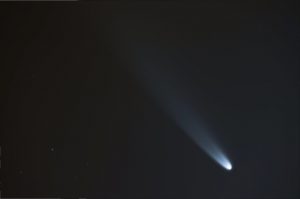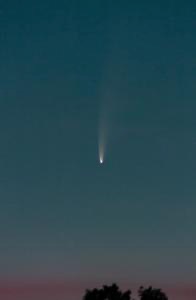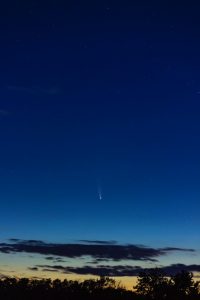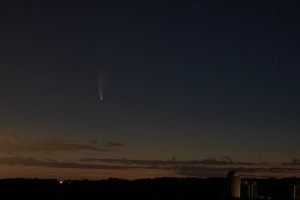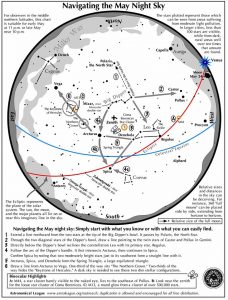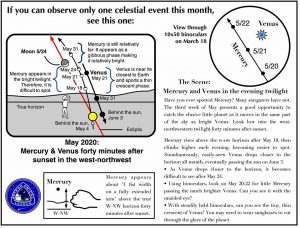Did you or someone in your family get a new telescope? Great welcome to a fantastic hobby! You’re all set, just open the box, point up and you’re good to go. Well, not really. Using a telescope is a learned skill. Sometimes it can be quite challenging, even frustrating. We’ve all been there. No one is born knowing all this stuff. Talk to most amateur astronomers and you’ll see that that had some help along the way. That’s why we are so eager to help out newcomers. That’s the way it is with this hobby. So here’s some friendly advice to help you get started with that new telescope.
1.) Find a local Astronomy Club
That would be us. If you’re reading this, you’ve come to the right place. Most clubs have programs accessible to the public, so you don’t have to join. Given the current circumstances with the Pandemic, we’re not certain when we will hold in-person public events again. In the meantime, we are holding virtual events live-streamed to our Facebook page. Check out our events page on this website to keep track of our events. You can ask questions, we try to answer all the questions in the comments. Like what you see/hear, consider joining. We offer more opportunities to interact and learn from other members.
2.) Set it up and Learn to Use it in the Daytime
Put your telescope together while it’s still light or inside in a well-lit space. Once your telescope is assembled, point it at any distant object(s) (a telephone pole, mailbox, distant tree, etc..). NOTE: NEVER POINT YOUR TELESCOPE AT THE SUN!!! Learn how to move the telescope from object to object, align the finder (more on that later), work the focuser, and switch eyepieces. Try practicing during the day, where it is easy to see instead of fumbling around in the dark.
3.) Learn how to Align the Finder
Most telescopes come with a finder. They can take a few different forms. Some may be Red Dot finders and others may look like a mini-telescope. Either way, their purpose is the same, to assist in pointing telescopes. In order for them to work, they must be aligned with the main telescope. This is best done in daylight. If you plan on observing for the night, set up your scope before dark and check/align your finder. Using your eyepiece with the widest field of view, this will be the eyepiece with the longest focal length (biggest number). Center a terrestrial object (mailbox, top of a telephone pole, tower, streetlight, etc.) in the field of view of the telescope. Look through the finder and see where it is pointing.

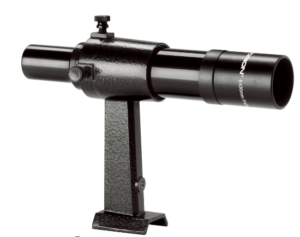
Most finders have some sort of a reticule (Red Dot, Circles, Cross-hairs, etc.). Is this reticule pointing at the same thing centered in the eyepiece? Most likely it isn’t. There should be some adjustment screws/knobs on the finder to move it (up/down and left/right). Make the necessary adjustments so that the finder is pointed on the same thing centered in the main telescope when you look through the eyepiece. Here’s the important part, keep checking the eyepiece of the main telescope to make sure the telescope has not been moved when making adjustments. Re-center the object and continue with adjustments if the telescope was moved. Now, wherever your finder is pointing the telescope should be pointing. Optional. If you want to refine the alignment, replace the long focal length eyepiece with a smaller focal length eyepiece, increasing the magnification and providing a narrower field of view. Repeat the alignment process with this eyepiece to really dial in the alignment.
4.) Use Long Focal Length Eyepieces to Find Objects
Your telescope may have come with more than one eyepiece. The eyepiece with the longer focal length (bigger number) will provide less magnification and therefore a wider field of view.

When looking for objects, use the longest focal length eyepiece you have. This will help increase the chances of the object you’re looking for will be in the field of view once you point the telescope using your finder. Once in the field of view, center the object and if desired, switch to a smaller focal length eyepiece to increase the magnification. Note, if the atmospheric conditions are poor, increasing the magnification may not always provide a favorable result.
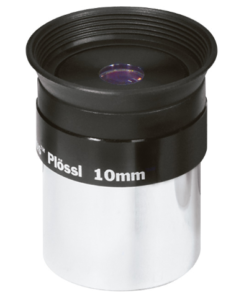
Hope these tips help you get started in a wonderful hobby that can inspire you and challenge you for many years to come. If you find yourself having difficulty and getting frustrated. Cut yourself some slack. As I said in the beginning, this is a learned skill. No one is born knowing how to do all this stuff. Seek out help. Most of us had a lot of help along the way and we’re glad to help others.
Clear Skies

